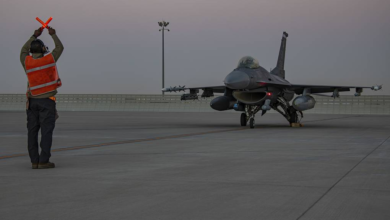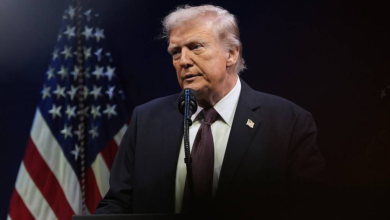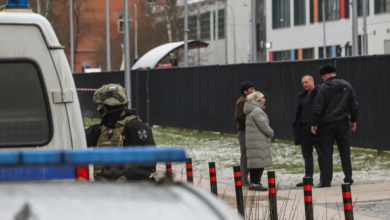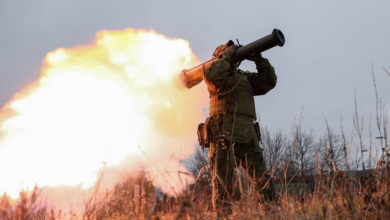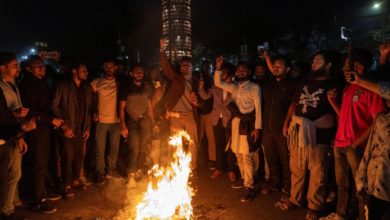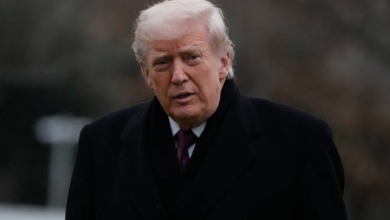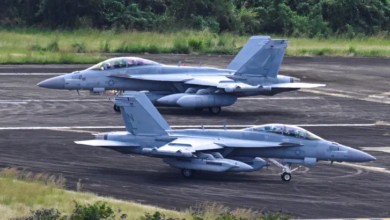India and Russia Strengthen Economic Partnership with New Rupee-Rouble Trade Mechanism
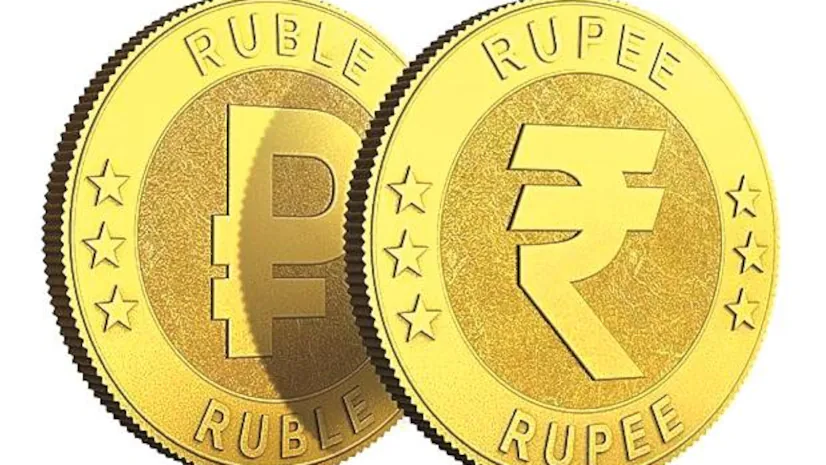
In a significant move to overcome the challenges posed by U.S. sanctions, India and Russia are actively exploring a dynamic rupee-rouble exchange mechanism to facilitate smoother trade between the two nations. This initiative aims to sidestep the dollar and strengthen bilateral economic cooperation.
As the geopolitical landscape shifts, India and Russia are taking decisive steps to bolster their trade relations. With the outbreak of the Ukraine war in February 2022 and subsequent U.S. sanctions on Moscow, the need for an alternative to dollar-denominated trade has become increasingly pressing. The proposed rupee-rouble exchange mechanism seeks to address this challenge head-on.
Currently, financial transactions between India and Russia require a cumbersome process of converting currencies through the U.S. dollar. This not only adds complexity but also exposes the trade to potential disruptions due to external factors. The new dynamic exchange rate model would eliminate the need for dollar conversions, allowing for more efficient and direct trade settlements.
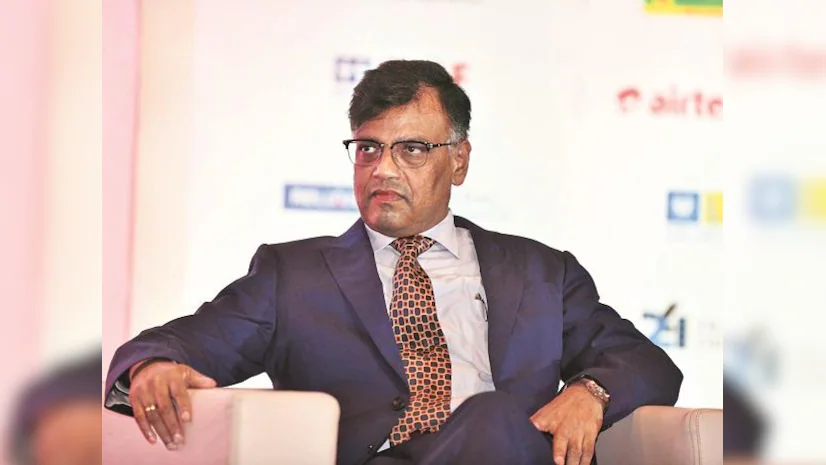
T Rabi Sankar, Deputy Governor, Reserve Bank Of India (RBI)
Top officials from India, including RBI Deputy Governor T Rabi Sankar and representatives from major public sector banks, are visiting Moscow this week to participate in the India-Russia Joint Business Council for banking and finance. The discussions will focus on the implementation of this dynamic rupee-rouble rate and the establishment of a payment confirmation mechanism, both of which are crucial to enhancing trade between the two countries.
The move comes after the Reserve Bank of India (RBI) gathered feedback from banks and financial institutions handling Russian funds in India. Russian banks, which have accumulated substantial rupee reserves in special accounts known as vostro accounts, have expressed interest in utilizing these funds for investments in Indian securities. This could open new avenues for Russian investment in India, further deepening economic ties.
The RBI has already allowed the investment of rupee surpluses in vostro accounts into Indian treasury bills and government bonds. However, the potential approval for transferring these funds into rupee accounts of Russian foreign portfolio investors could significantly boost the rupee-rouble trade. Such a move would enable Russian companies to receive payments in roubles while making investments in Indian securities, thereby creating a more integrated financial ecosystem.
Additionally, India and Russia are considering replicating the non-dollar trade settlement mechanism currently in place between India and the UAE. Under this system, trades are invoiced and settled in local currencies, with central banks playing a key role in facilitating the exchange. If implemented, this model could prove particularly beneficial for large-scale transactions, such as oil imports, further solidifying the economic partnership between India and Russia.
As the global economic order continues to evolve, India and Russia’s efforts to enhance their bilateral trade through innovative financial solutions demonstrate their commitment to mutual growth and resilience. The upcoming discussions in Moscow could mark a pivotal moment in the strengthening of India-Russia economic relations, paving the way for a more robust and self-reliant trading relationship.
For further updates and expert analyses on the situation, follow our continuing coverage on The Times of Russia.
